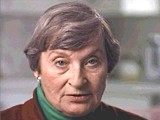You searched for: ������������������������������what���kaa2238���qgjt2cpv
<< Previous | Displaying results 61-70 of 668 for "������������������������������what���kaa2238���qgjt2cpv" | Next >>
-
Battle of the Bulge
ArticleThe Battle of the Bulge was a failed German counter-offensive against the Allied armies. Learn more about the Battle of the Bulge and its impact on WWII.
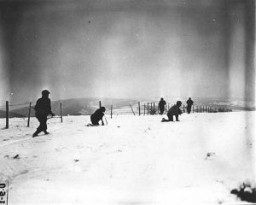
-
Who Tried the Case?
ArticleThe prosecutors for the trial of Nazi war criminals at Nuremberg came the victorious Allied nations—the United States, Great Britain, France, and the Soviet Union.
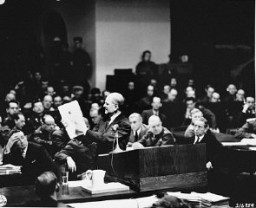
-
Who Was Put on Trial?
ArticleThe International Military Tribunal charged 24 defendants representing a cross-section of German diplomatic, economic, political, and military leadership.
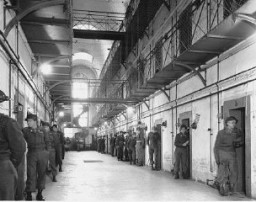
-
Freedom of Press
Photo(1941-1942) Crowded newsstands in the United States such as these held journals representing various political parties and ideologies. Americans had access to many different perspectives about what was happening at home and abroad during the war.
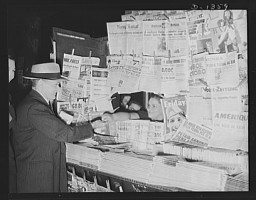
-
In Their Own Words: Holocaust Survivor Testimonies
SeriesListen to excerpts from oral testimonies to learn from survivors themselves about their individuals experiences, actions, and choices.
-
Nazi Camp System
SeriesLearn about the history of the Nazi camp system, the different types of camps, who was imprisoned and why, and conditions in the camps.
-
Isadore Helfing describes labor in the Treblinka camp
Oral HistoryIsadore was born to a Jewish family in Kielce, Poland. Germany invaded Poland in September 1939. Isadore and his family were forced into the Kielce ghetto, which was established in April 1941. When his parents were deported to the Treblinka killing center in 1942, Isadore went with them rather than remaining behind for forced labor. After arrival at the camp, Isadore hid in a pile of bodies. His parents were killed. Isadore survived by working in the camp. On August 2, 1943, prisoners at Treblinka revolted…
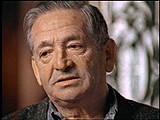
-
Fela Warschau describes liberation by British forces at Bergen-Belsen
Oral HistoryFela was liberated at Bergen-Belsen by the British army in 1945. She went to a displaced persons (DP) camp administered by the Americans in Feldafing, near Munich. She married in the DP camp in 1946, and eventually immigrated to the United States.
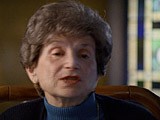
-
David Stoliar describes being the only witness to the fate of the "Struma"
Oral HistoryIn 1936, David moved to Bucharest to live with his father. As Romania came under German influence, Romanian authorities introduced increasingly harsh measures against Jews. Antisemitic agitation increased and Jews came under attack in the streets of Bucharest and in other public places. David's father decided David should leave the country and arranged passage for him to Palestine. In December 1941, David left Romania from Constanta, a port city on the Black Sea, on the "Struma," an old cattle boat. The…

-
Selma (Wijnberg) Engel describes forced labor sorting the clothing and possessions of people deported to Sobibor
Oral HistorySelma was the youngest of four children born to Jewish parents. When she was 7, Selma and her family moved to the town of Zwolle where her parents ran a small hotel. When the Germans invaded the Netherlands in 1940, they confiscated the hotel. The family had to live in a poor Jewish section of the town. Selma went into hiding but was betrayed and then sent to the Westerbork camp. In April 1943 she was deported to Sobibor, where she worked in the clothes sorting area. There, the prisoners tried to pocket…
